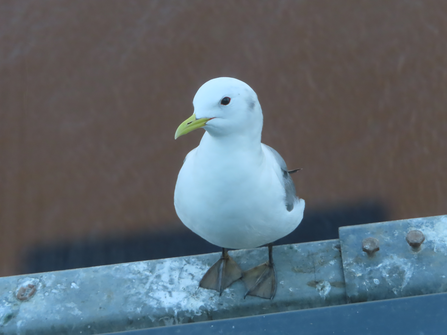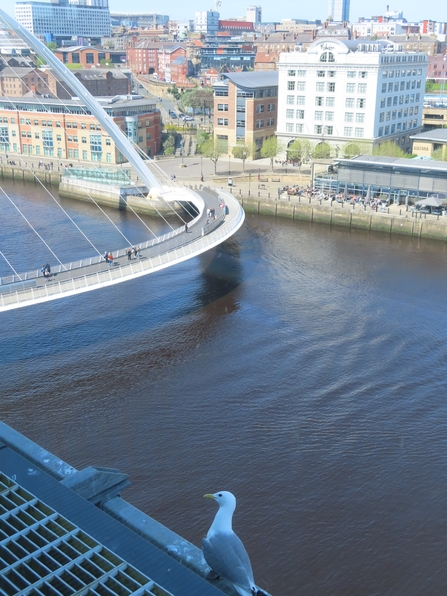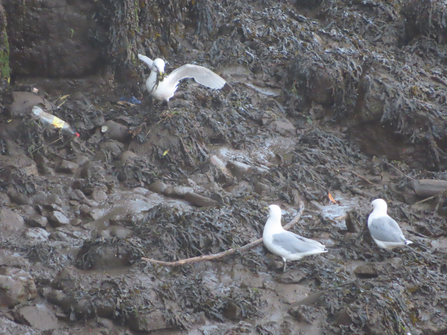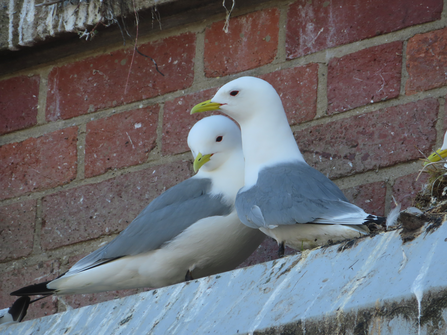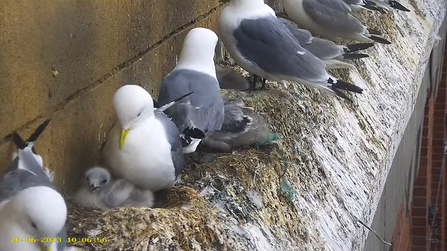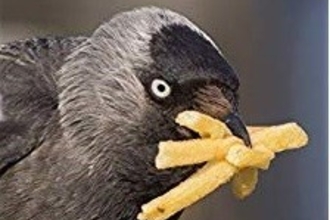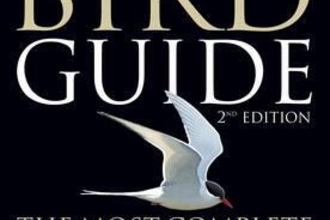Listening to what I knew would be my last nightingale for quite some time, I have to admit I was quite sad to be leaving such a spectacle behind. Kent is where my career started and progressed, and where I had the privilege of working on reserves with some of the highest density of nightingale in the UK.
But through that loss I’ve also gained incredible new spectacles on my doorstep, and the Tyne Kittiwakes are certainly up there as one of the best!
Kittiwakes are a charming species of gull, not to be confused with the much larger Herring gull that is known for boldly pinching fish and chips occasionally! They are perfectly adapted to living out at sea for long periods, and their name derives from their distinctive call which can be heard from March to August from the centre of Newcastle and Gateshead. However, this sound is declining across the rest of the UK – kittiwakes are now a red-listed species with a 41% decline since 1994, making our kittiwakes an essential stronghold for the species.


